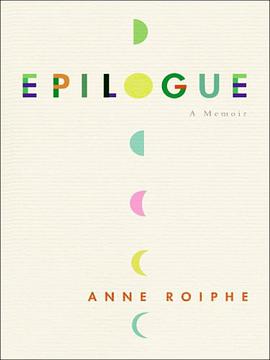

Acclaimed author of The Baroque Clarinet, Albert R. Rice, now presents a comprehensive study of the clarinet in use through the classical period, from 1760 to 1830. During the early part of this intensive period of musical experimentation, the clarinet was transformed from a typically baroque instrument to an essential piece of the classical ensemble. Barely a half century later, in 1812, Ivan Muller developed the thirteen-keyed clarinet, which brought the instrument into the Romantic age. The Clarinet in the Classical Period provides a detailed review of the achievements of the period's most important clarinet makers, including James Wood, Teobaldo Monzani, Jean-Francois Simiot, as well as the innovations of creative performers such as Ivan Muller and Cesar Janssen. Rice offers new research regarding the practice of clef notation by Italian, French, and German composers, clarifying their use of transposing clarinets. The book also explores the creative relationships of two key trios of composer, maker, and performer - Carl Maria von Weber, Heinrich Baermann, and Jean-Jacques Baumann; and Mozart, Anton Stadler, and Theodore Lotz - examining how clarinet construction and performance practice developed in tandem with musical styles. Essential reading for clarinetists and for those who love their music, The Clarinet in the Classical Period recounts a fascinating chapter in the instrument's history.
具体描述
读后感
评分
评分
评分
评分
用户评价
相关图书
本站所有内容均为互联网搜索引擎提供的公开搜索信息,本站不存储任何数据与内容,任何内容与数据均与本站无关,如有需要请联系相关搜索引擎包括但不限于百度,google,bing,sogou 等
© 2025 book.wenda123.org All Rights Reserved. 图书目录大全 版权所有




















